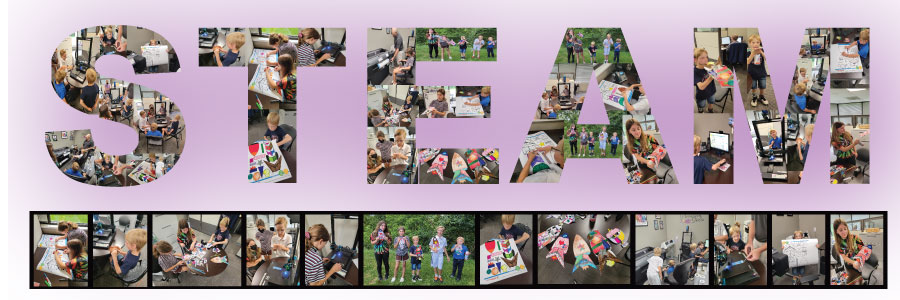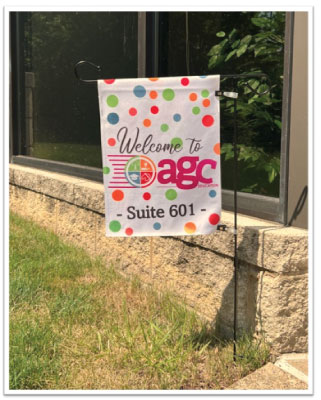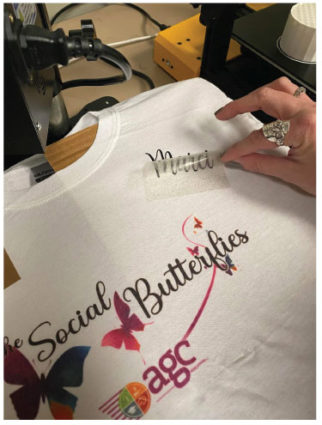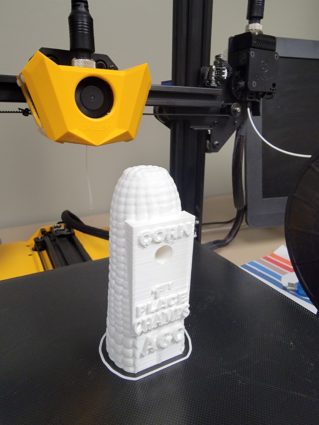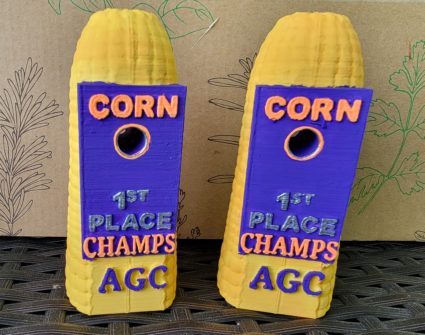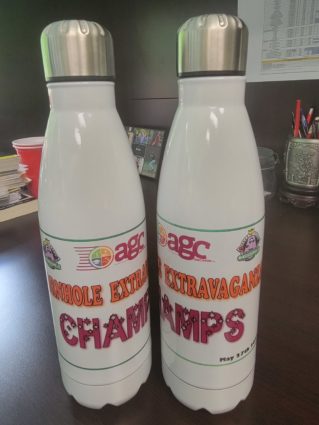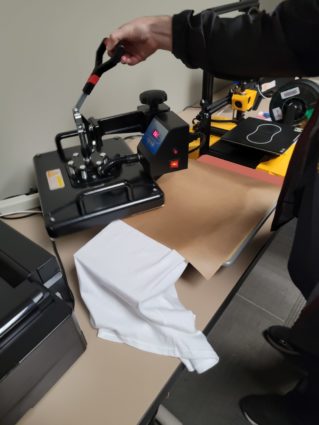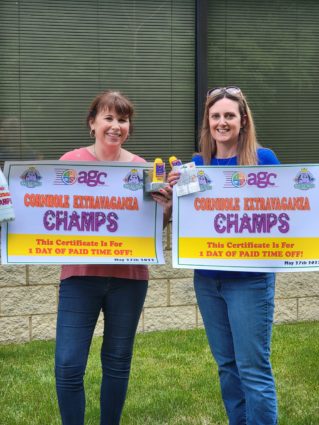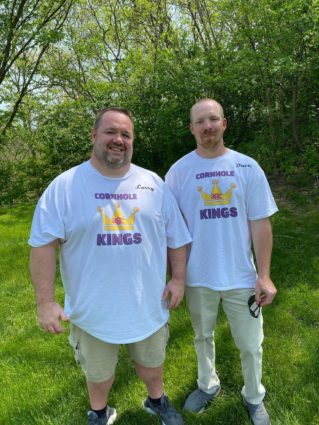STEAM DAY!
AGC EDUCATION SUMMER STEAM DAY!
AGC Education hosted our first Summer STEAM Day here at our office. Students ranged in age from 6 to 15 years old and everyone had a great time. The theme of our day was outer space.
The day started off with an introduction to 3D printing and the Imagin3D Printer. Each student designed and 3D printed a glow in the dark, customized 3D bookmark.
The students then printed the STEMvelope STEM activity, Build a Rocket. Each student decorated, cutout and assembled their rocket. Once everyone’s rockets were completed, we head out to the launch pad and blasted off. After the first launch we discussed what could be improved with our rockets to allow them to flyer higher. We made some adjustments and launched them again. The best improved rocket award goes to six year old Zach. Zach decided to use canned air to launch his rocket!
Everyone had a wonderful time and learned a lot.
The AGC Team learned that no matter what teachers are making, they deserve a raise!
#teachersarepriceless
Thank you everyone for making this a wonderful day and experience for all.




